(307 products available)





























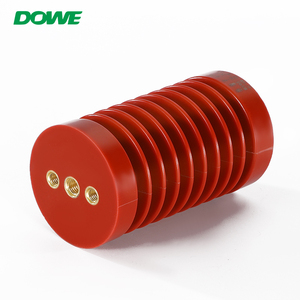





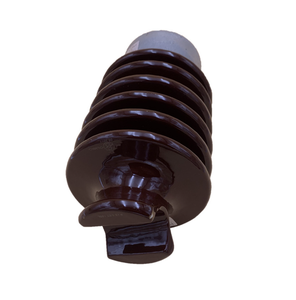
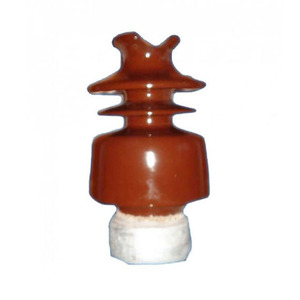
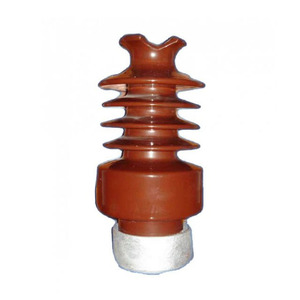
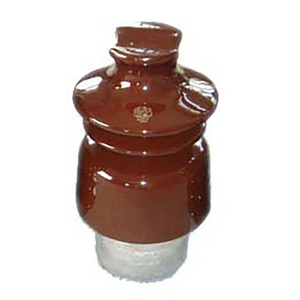
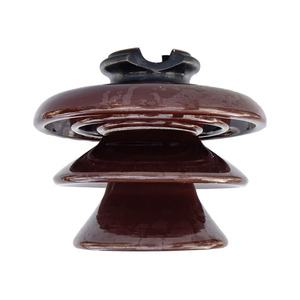




























































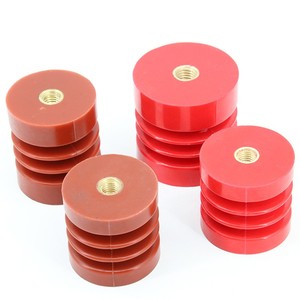


















The 10kV post insulator is a critical component in electrical power systems. It serves to support and insulate electrical conductors or equipment at a voltage level of 10,000 volts. Post insulators are particularly used in outdoor settings, where they must withstand not just electrical loads, but also mechanical stresses, weather conditions, and environmental factors such as pollution or temperature variations. 10kV insulators can come in various materials, including ceramic, glass, and polymers like silicone rubber.
Certainly, below are the common types of 10kv post insulator.
Ceramic Post Insulators
Ceramic insulators are widely used in 10kV applications because of their excellent insulating properties and mechanical strength. They are usually made from porcelain material and are highly resistant to UV radiation, wetting, and acid deposition. These insulators have a long lifespan due to their durability and resistive nature and also effectively prevent electrical discharges and surface tracking.
Glass Post Insulators
10kV glass insulators are traditionally used in power systems. They provide excellent electric insulation and environmental resistance. Glass insulators are smooth, which makes them easy to clean from contaminants like dust or salt, especially in coastal areas. Also, glass insulators provide a visible indication of failures, as they can show signs of internal damage, like cracking, when they become broken or degraded.
Polymeric Post Insulators
Polymeric or silicone rubber insulators are gaining popularity for post-mounted applications. They are lightweight and easy to install, and their resistance to environmental degradation, especially in polluted or coastal environments, makes them suitable for 10kV applications. These insulators are designed with hydrophobic surfaces to prevent water from accumulating and tracking, which improves their performance in wet conditions.
Suspension Post Insulators
These are used where the electrical conductor needs to be suspended between two points. Suspension insulators consist of several porcelain, glass, or polymer units. They are usually connected together in a "string" fashion to provide the necessary insulation length. This kind of post insulator provides excellent voltage and is also used in 10kV applications where greater insulation lengths are needed.
Strain Post Insulators
Material
The choice of material significantly impacts the insulator's performance and longevity. Ceramic insulators, for example, have excellent resistance to heat and mechanical strength, making them ideal for 10kV applications in all environments. Glass insulators offer superior transparency and pollution detection, while polymeric insulators come in lightweight design that are easy to install, with superior resistance to outdoor environmental degradation. Each material comes with its own set of benefits, governing durability, maintenance needs, and cost.
Design
This usually affects the insulator's ability to accommodate voltage levels and any mechanical loads. The design of a 10kV post insulator will involve features such as its shape, surface, and shed profile, affecting the electrical field distribution as well as the insulator's hydrophobicity. Additionally, the design will ensure resistance not only to arcing and electrical tracking but also to mechanical stresses in various environmental conditions.
Environmental Conditions
A major factor is the environment where the 10kV post insulator is installed. Factors such as temperature range, humidity levels, and exposure to UV radiation or chemical pollutants will directly impact the post insulator's longevity and performance. Insulators in areas with high levels of pollution or salt spray, for example, require materials like silicone rubber that offer better anti-pollution measures. Similarly, high thermal amplitude regions would demand a material which can withstand thermal variations, such as ceramic.
Electrical and Mechanical Load
Post insulators have to be designed to withstand the electrical loads of the application as well as any mechanical loads that will be imposed from the tension of powerlines. In 10kV applications, the given electrical load will be significant, thus requiring high-quality insulators to prevent electrical failure. Also, in scenarios like high wind or ice loading, the insulator needs to be designed to bear such mechanical stresses without cracking or breaking.
Installation and Maintenance
This can also have an influence in terms of the performance of the 10kV post insulator. The ease with which an insulator can be installed will directly affect its deployment in the field. For instance, polymeric insulators are lightweight and easy to install, which reduces the cost of installation in many cases. Maintenance needs will also impact the overall lifetime costs of these insulators, with some requiring regular surveillance and cleaning to maintain their insulating properties.
Electrical Insulation
The 10kV post insulator is pivotal in providing electrical insulation for high-voltage electrical conductors or equipment. It helps prevent electrical discharges by putting an effective barrier between the conductor as well as the ground or supporting structure. Another key benefit of this is the reduction of energy losses while improving system efficiency through controlled energy transfer. Electrical insulation is therefore critical in this system's operation, security, and efficiency.
Support of Electrical Infrastructure
There is a critical role that 10kV post insulators play in supporting electrical infrastructure. They hold up transmission lines, and power distribution systems, maintaining the position of electrical conductors in a stable manner. This mechanical support is very important when ensuring that conductors remain properly suspended and there is no risk of contact with the ground or any other infrastructure, which in turn helps in preventing power system failure.
Resistance to Environmental Stress
Most 10kV post insulators are designed in a way that they can withstand environmental stresses like moisture, temperature changes, and UV radiation as well as pollution. The typical example here is the polymeric insulators that have been developed with hydrophobic surfaces to prevent water accumulation and tracking during wet conditions. This durability is essential for reliable operation, especially in outdoor settings where insulators are exposed to various climatic conditions.
Enhancing System Safety
10kV post insulators support system safety by minimizing the potential risk of electrical failures. They are meant to minimize the chance of power outages, equipment failure, or dangers like arcing and corona discharge. Insulators are especially important in power distribution systems near populated areas, because they keep electrical components isolated from the environment, thus reducing risk to both people and property.
Long Service Life and Low Maintenance
Most of these insulators are designed in a way that they withstand high voltage and environmental stresses, which ensures long service life. Ceramic and glass insulators do not need to be maintained as frequently as other systems, and they can have a lifespan that stretches for decades. Also, silicone rubber insulators can have superior performance in heavily polluted areas because of their self-cleaning properties.
Environmental Factors
The environment in which the 10kV post insulator will be deployed should always be considered. Factors such as temperature range, humidity level, and exposure to UV radiation or chemical pollutants will help determine the best material for insulators. For instance, polluted or coastal areas will demand a silicone rubber insulator for its pollution resistance. Clouds or weather with extreme heat or cold needs ceramic insulators with thermal stability.
Material
The material used in making the post insulator will significantly affect its performance and durability. Ceramic insulators have excellent mechanical strength and thermal stability and would be ideal for most applications. Glass insulators have great reliability and easy maintenance. Silicone rubber insulators are lightweight, easy to install, and provide self-cleaning properties. Assessing the benefits of each material can go a long way in choosing the most suitable one for the application.
Mechanical Load
It is important to consider the mechanical load that the 10kV post insulator will need to bear. Factors like the tension created by the conductor, wind load, and any other environmental factors must be assessed to ensure that the chosen insulator can support the load without failure. Some materials, such as silicone rubber, are flexible and can absorb more mechanical stress than others, making them suitable for dynamic loading conditions.
Installation and Maintenance
Easy installation and care are other key considerations when choosing the right post insulator. Some materials, especially polymer ones, can be installed easily without special hardware. Maintenance needs will also be assessed, with some insulators requiring continual inspection and cleaning to maintain their insulating properties. The overall cost and long-term reliability of the system will be influenced by how easy it is to install and maintain the insulator.
Regulatory Compliance
And of course, ensure that the selected post insulator meets industry standards and regulatory requirements for electrical safety and performance. Different regions will have distinct specifications for 10kV insulators to meet. This helps in ensuring reliability and safety in the system by ensuring compliance with the said standards.
A1: This is an electrical component that supports and insulates conductors in high-voltage power systems.
A2: They can be made from ceramic, glass, or polymer materials like silicone rubber.
A3: Its key functions are to provide insulation, mechanical support, and reliability in power distribution.
A4: Pollution levels, humidity, and weather can influence the durability and performance of the insulator.
A5: They offer lightweight construction and self-cleaning properties for better performance in polluted areas.
A6: It reduces risks like electrical discharge or equipment failure, contributing to overall safety and reliability.